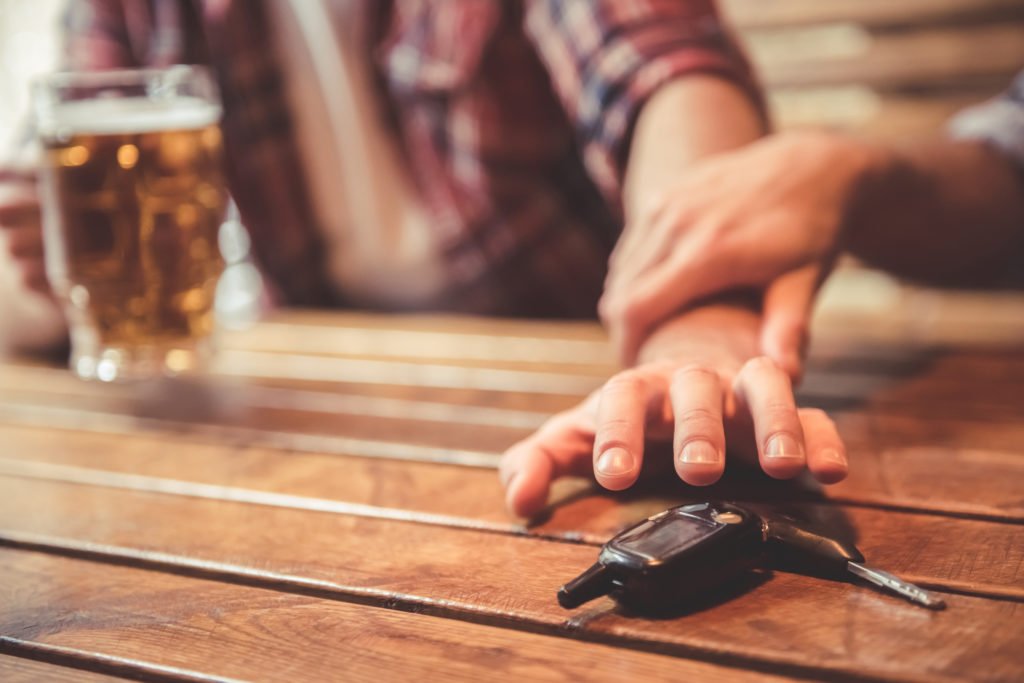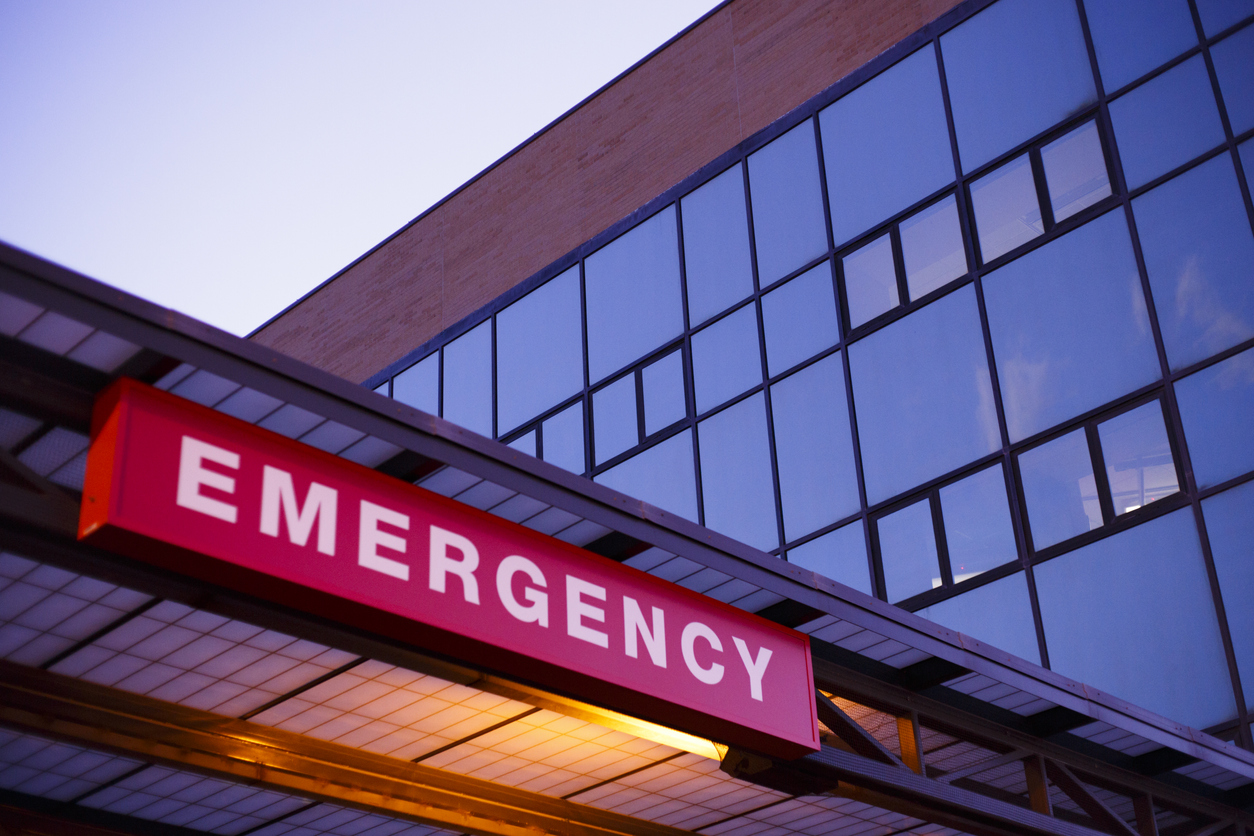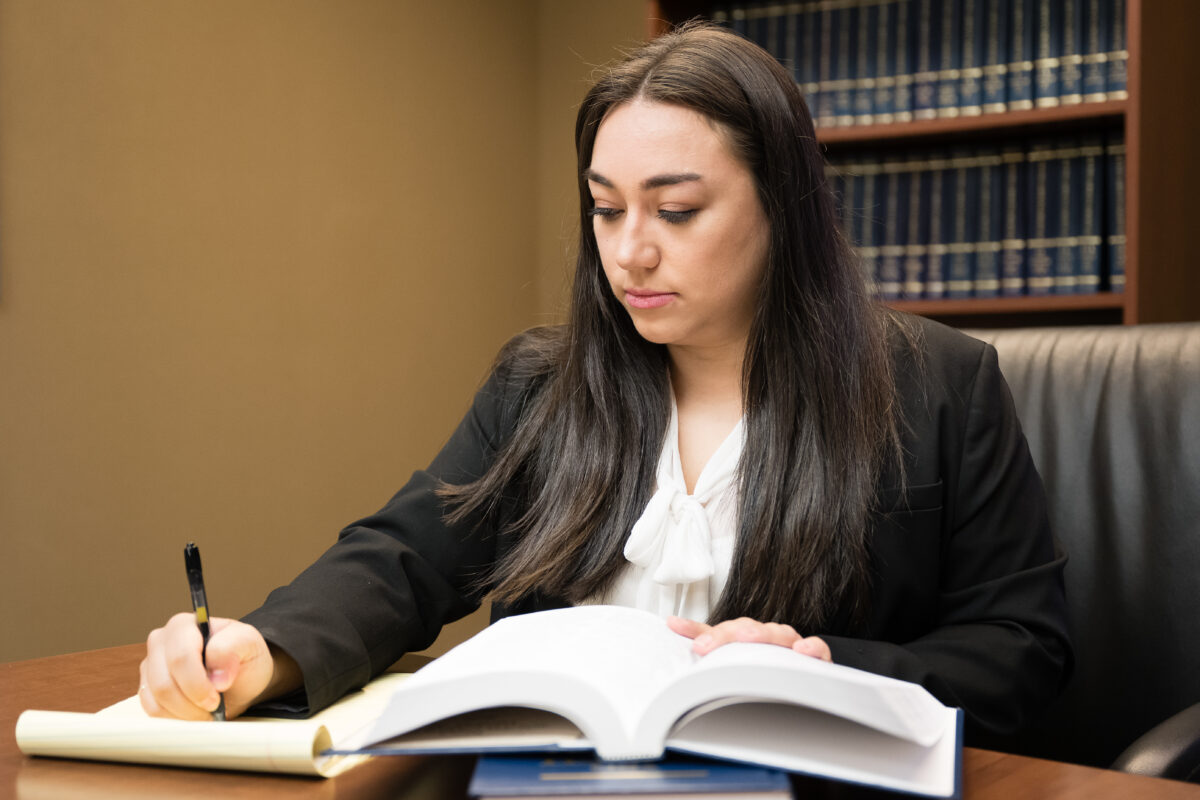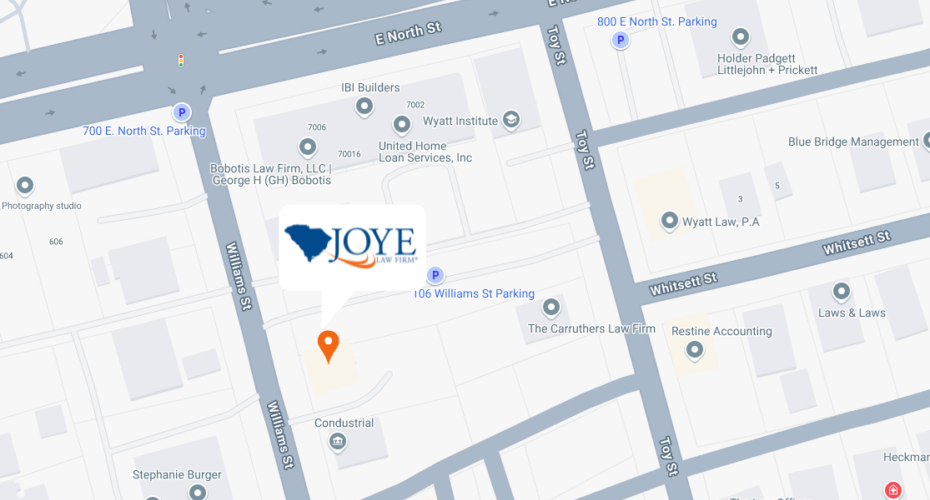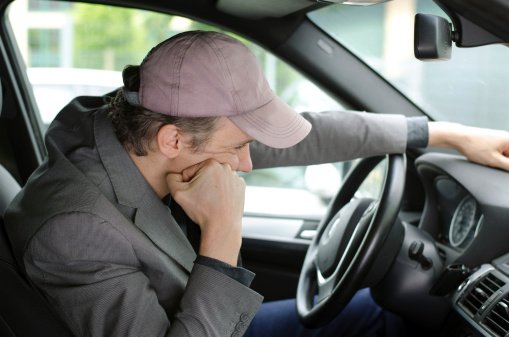
A new study shows drivers use a variety of methods to combat drowsiness behind the wheel, but the majority of them are ineffective. That may put people’s lives in jeopardy due to an increased risk of car accidents caused by drowsy driving.
The recent serious car accident involving comedian Tracy Morgan put the spotlight on drowsy driving, which the National Highway Traffic Safety Administration (NHTSA) estimates causes at least 100,000 car accidents each year that result in more than 1,600 deaths and 71,000 injuries. This is likely a low estimate since it is difficult to verify fatigue as the cause of an accident.
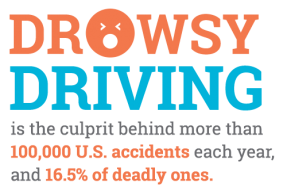
Common Ways of ‘Fighting the Drowse’ Don’t Work
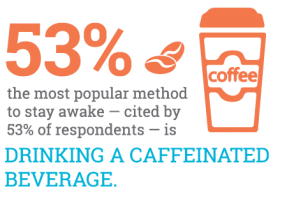
In a recent survey of drivers by DMEautomotive (DMEa), 53 percent said they plan to take a road trip this summer, driving at least seven hours per day. One in 10 drivers reported they plan to drive more than 12 hours in a day.
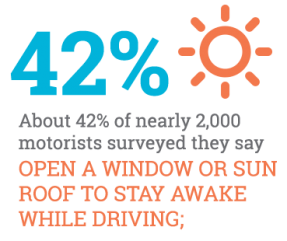
The DMEa survey asked drivers about the ways they combat sleepiness while driving. The most common response, from 52.9 percent of those surveyed, was drinking a caffeinated beverage, followed by opening a window or sunroof (41.7 percent) and switching drivers (41.5 percent).
Other responses included listening to loud music, turning up the air conditioning, pulling over to take a nap, singing, talking to or slapping oneself and exercising or stretching in the car.
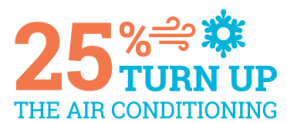
Unfortunately, most of the methods drivers say they use to fight drowsiness don’t actually work. That’s according to medical evidence evaluated by DMEa.
Of the top 15 strategies reported by drivers in the survey, medical evidence and safety experts say only two are effective: switching to a rested driver and pulling over to nap.
The most common strategy — drinking a caffeinated beverage — may temporarily boost driver alertness but is not a replacement for sleep. Drivers who have consumed caffeine may experience “micro-sleeps,” in which they fall asleep for a few seconds without realizing it.
Younger Drivers More at Risk for Fatigue
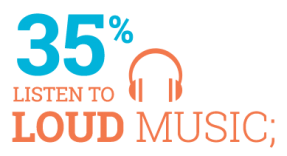
The survey found that drivers under 35 are more likely to be involved in drowsy driving crashes and are more likely to engage in ineffective activities to try to “fight the drowse” than more mature drivers.
This includes listening to loud music (43 versus 31 percent), eating (33 versus 14 percent), singing (32 versus 15 percent) and talking on the phone (14 versus 5 percent).
The survey also found that younger drivers are more likely to be on the road this summer. Nearly two thirds said they have a road trip planned, as compared to less than half of drivers over 35.
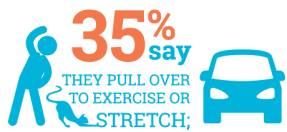
The statistics are frightening but the solution really comes down to common sense: make sure you are well rested before taking a road trip and stop when you get too tired. Driving while overly sleepy could lead to a serious car accident, and a drowsy driver could be held liable for the outcome.




